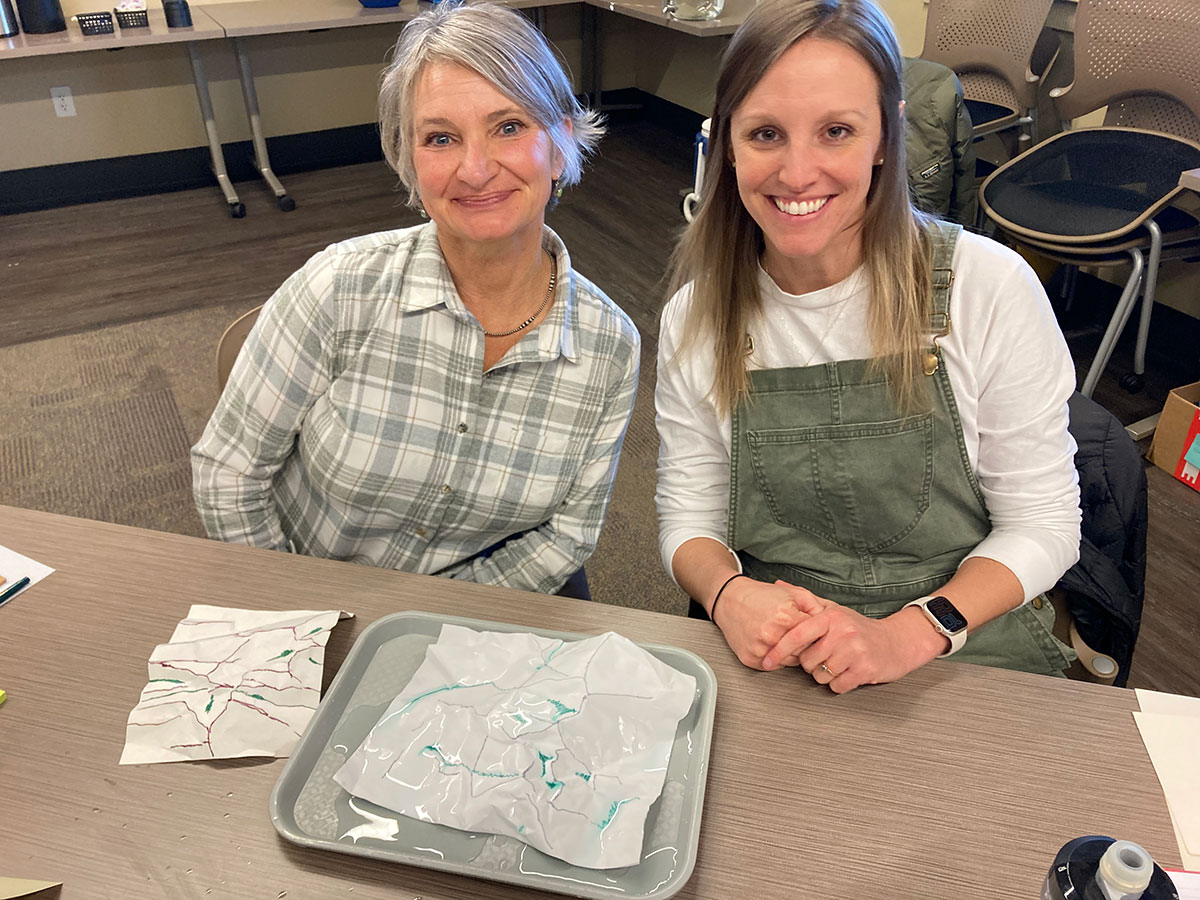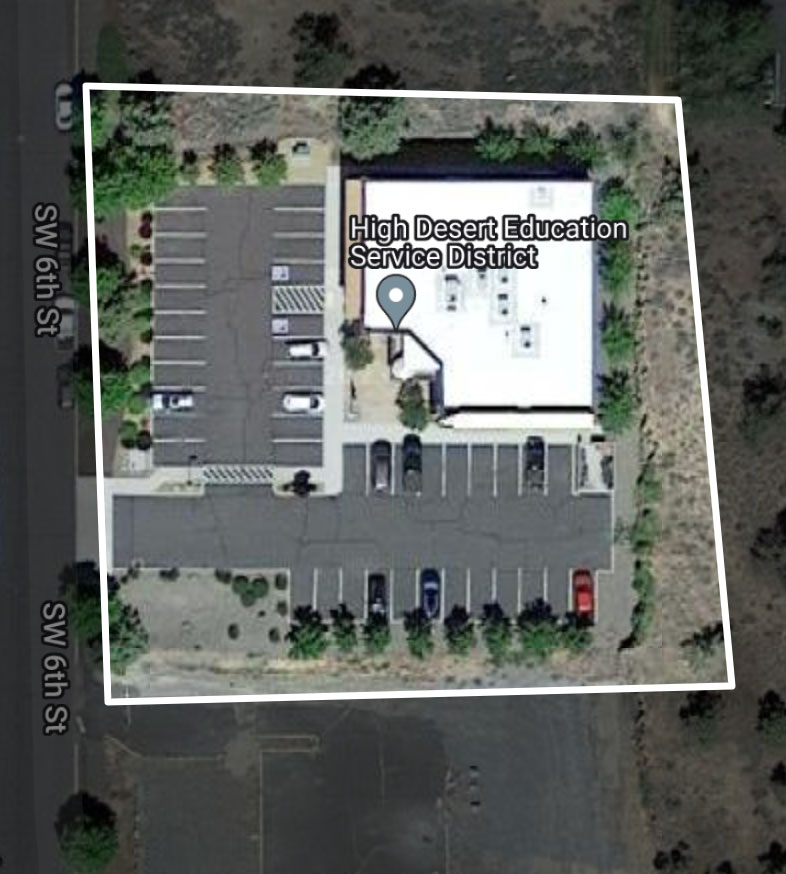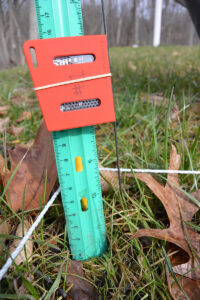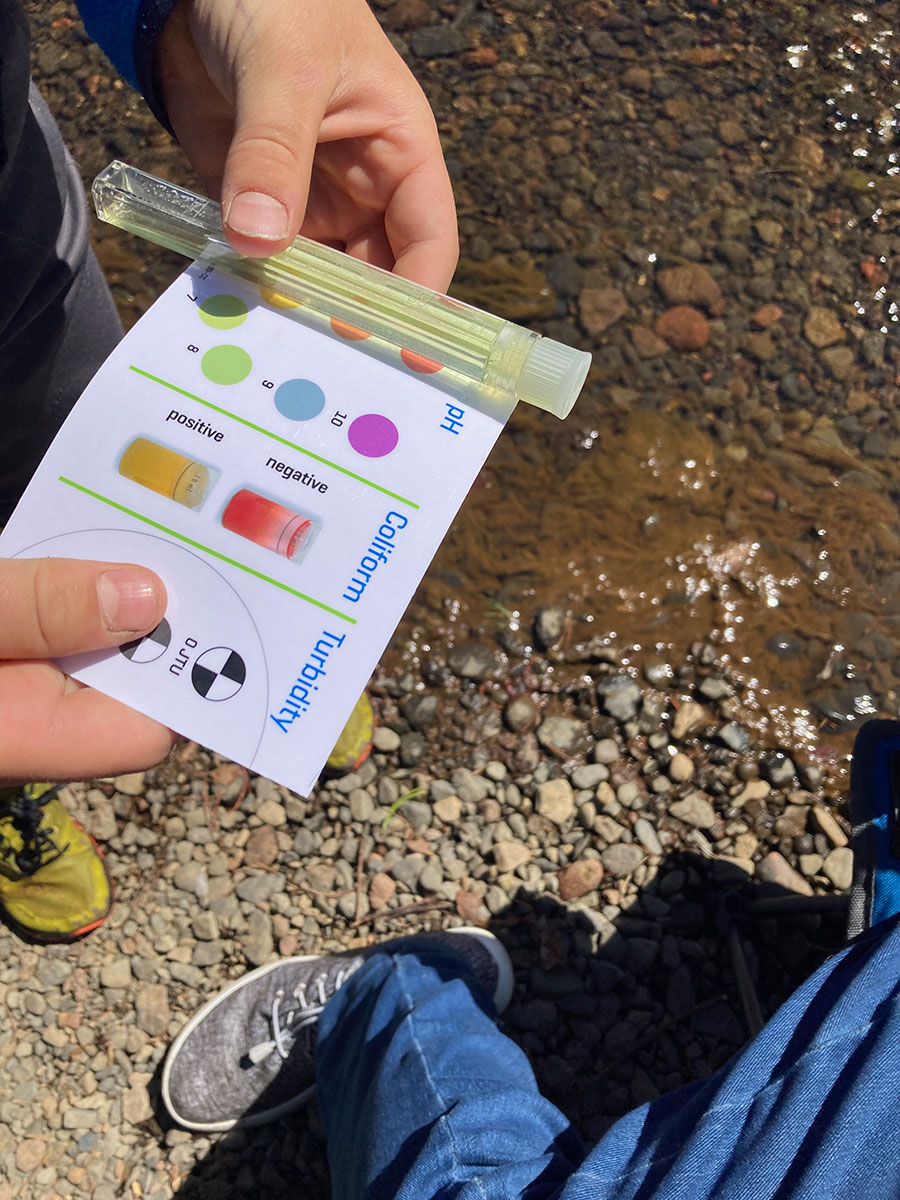The WATERS (Watershed Awareness using Technology and Environmental Research for Sustainability) project recently ended with a Master Teacher Workshop at our Concord office for selected teachers who participated in the National Science Foundation (NSF)-funded research with excellence and enthusiasm. The goal of the workshop was to exchange best practices for teaching the now freely available, finalized public WATERS curriculum unit in preparation for offering their own professional development workshops back home. Their mission: to introduce new teachers to the highly successful unit toward continued dissemination beyond NSF support for the research.
Two Oregon teachers, Jackie LaFrenz and Ann-Marie Elkund, did just that this winter. They were invited to offer a one-day workshop at their regional High Desert STEM Hub, which provided space, a catered lunch, and funding for substitute teachers for participants’ schools enabling them to attend. The slots filled quickly, and we extended the planned limit of 20 attendees to 25 before closing the door with a promise to run another session.
During the research project, Concord staff had connected with Kolleen Miller, the education lead from the local Upper Deschutes Watershed Council (UDWC), and Katie Chipko, the Executive Director of Children’s Forest, a nonprofit whose mission is to “inspire lifelong connections to nature for each child” to support the training and implementation of the research pilot. They came forward willingly again to support the training of new teachers at the dissemination workshop offered by their peers, Jackie and Ann-Marie. Both organizations offer equipment, including waders in children’s sizes, “D-nets” for capturing macroinvertebrates in streams, and water quality testing resources. Children’s Forest even has funding for transportation if there is no stream within walking distance of a school. Although the curriculum unit is and always will be free, there are other significant costs, and partnering with local environmental education organizations is critical to the success of conducting meaningful outdoor science education.

Two teachers, Samantha and Andrea, with their crumpled paper watershed models.
At the workshop, buckets of cold, fresh river water, sand, gravel, and lively macroinvertebrates were distributed. Teachers combed through them to discover the local critters living in the nearby Deschutes. In addition to temperature, pH, and diffused oxygen levels, the type and diversity of macroinvertebrates indicate the health of a local watershed (Lessons 2 and 3 of WATERS). The verdict? Excellent! A variety of critters including highly sensitive stoneflies were captured and sorted that day. Cold temperatures and a neutral pH were both good news for the overall health of the Deschutes, which runs through the city of Bend, Oregon.
After lunch, everyone went outside armed with a site map of the STEM Hub offices and grounds (Lesson 6), similar to the one available for teachers to make of any school grounds in the contiguous United States.

Aerial map of High Desert Education Service District in Redmond, Oregon.
Teachers used SensorTags to learn about the different conditions above pervious (natural areas) and impervious (paved) surfaces (Lesson 8) and then considered what difference a variety of conservation practices might make to reduce runoff and improve the health of the local watershed (rain gardens, green roofs, etc.) using the Monitor My Watershed app to conduct real-time analysis.

Sensor Tag used in the field to measure temperature, humidity, and light above pervious and impervious surfaces.
In the WATERS unit, students ultimately make recommendations to their schools for improvements to school grounds toward becoming better stewards of their local rivers and streams. At the ESD, teachers’ analysis showed a green roof and/or porous paving would counterbalance all that parking lot very nicely!

Water chemistry kit used in the field.
It was a busy and interactive day. Many teachers are excited to build the 10-lesson curriculum into their spring plans, partnering with Children’s Forest and/or the UDWC education staff for resources and support. They discussed inviting parent volunteers to join their classes for the outdoor activities. The STEM Hub supplied each teacher with a Chemistry Kit and will make the prohibitively expensive sensors available through a lending library system in place for myriad expensive science tools — door-to-door delivery included!
Following the workshop, we created a mailing list for all WATERS teachers to stay in touch, troubleshoot challenges, and share best practices. The UDWC is planning additional activities where Kolleen will meet teachers after school at a local park along the Deschutes to learn how to use D-nets to capture critters in preparation for bringing their classes to the river. Thanks to the support of our partners and the excitement of teachers for engaging their students in meaningful outdoor activities, the WATERS unit will continue to inspire more students.